Getting Stronger But NOT Bigger?
When I first started lifting, getting big was what I wanted but I trained to get strong. I assumed by the time I was benching 405lbs that I would be barrel chested and have massive deltoids. Seems pretty logical, big guys lift big weights. But then you have to try to explain why little guys can still lift big weights, sometimes even more than the big guys. So, what gives with that?!
Genetics
Some people get big and strong, some just strong with a little size, some not much of anything “hard gainers”. In general, more people have positive adaptations for strength gains than hypertrophy gains. Bamman et al, investigated what the deal is for some of these differences and a huge component they found was gene expression. After an acute bout of training some subjects were classified as low responders. These subjects had less expression for genes that code for hypertrophy related growth factors and seemed to have more of an inflammatory response.1 In a 12-week training study we have seen high responders than can gain 4x the muscle mass as the low responders, but strength gains can be pretty similar between the groups.2
Well damn what do I do about that? Well genetics are genetics until we have some type of performance enhancing gene splicing tech to purchase on the black market. So, with black market gene mutation off the table, let’s look at a study by Jones et al, on training specific to genotype for something we can do. The researchers took 28 subjects and identified 15 performance associated gene polymorphism, some associated with power/strength and some with endurance. Subjects were split into a Power gene group or Endurance gene group and were then trained for 8 weeks with both groups either doing low-volume heavy loads (10sets x 2 reps) or high-volume lighter loads (3 sets x 10, 15, 20 rep). I am totally nerding out on this right now! So, what happen was the groups that were matched with for genotype with training type (power gene with heavy load and endurance gene with light loads) got about 3x the results compared to groups that were mismatched. The researchers also bring up that endurance athletes have high compositions of type 1 (slow) muscle fibers while power/strength athletes have high composition of type 2 (fast) muscle fibers.3 So, your power/strength athletes get big and strong on low-volume low reps and endurance genotypes get bigger and strong on high-volume high reps. So, Michael Phelps training like Ronnie Coleman or vice versa likely wouldn’t be optimal for either of them.
Take away:
If you have been training with low reps and not getting big try bumping up the volume and using high repetition work. Same goes if you have been the high rep trainee, you might do better with lower volume higher loads. In general, it’s a good idea to work within a variety of rep ranges if your goal is to get big. You could do this within one training block or even do one block of training dedicated to higher volume high rep work and another block with lower volume and low rep work, see which works best for you.
Train hard this week!
John Jewett MS RD
Bamman MM, Petrella JK, Kim JS, Mayhew DL, Cross JM. Cluster analysis tests the importance of myogenic gene expression during myofiber hypertrophy in humans. J Appl Physiol (1985). 2007;102(6):2232‐2239. doi:10.1152/japplphysiol.00024.2007
Davidsen PK, Gallagher IJ, Hartman JW, et al. High responders to resistance exercise training demonstrate differential regulation of skeletal muscle microRNA expression. J Appl Physiol (1985). 2011;110(2):309‐317. doi:10.1152/japplphysiol.00901.2010
Jones N, Kiely J, Suraci B, et al. A genetic-based algorithm for personalized resistance training. Biol Sport. 2016;33(2):117‐126. doi:10.5604/20831862.1198210
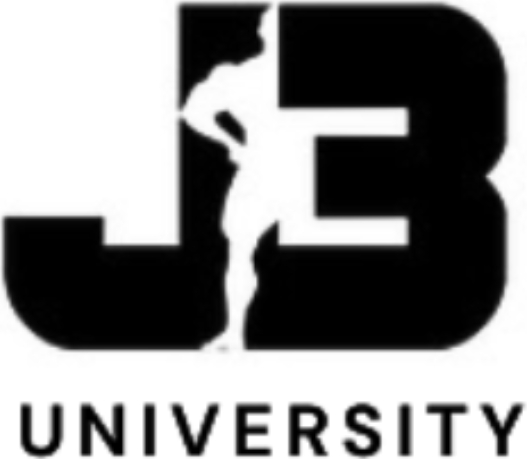



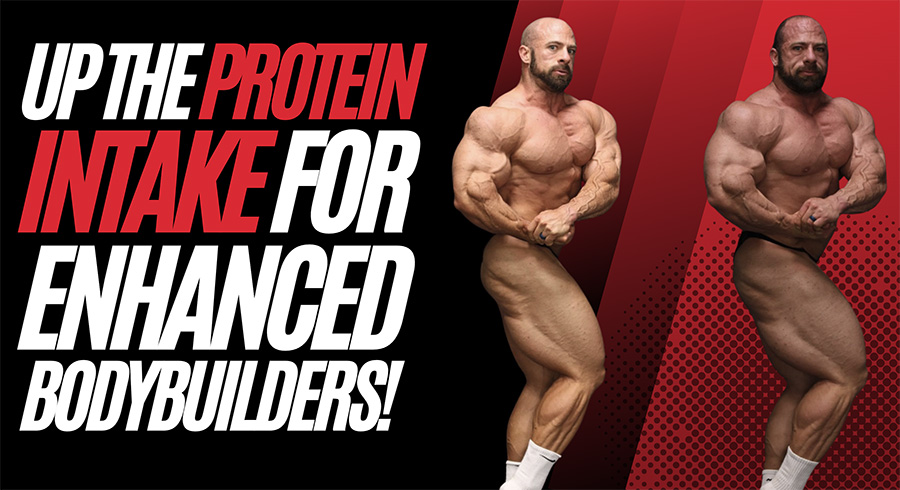


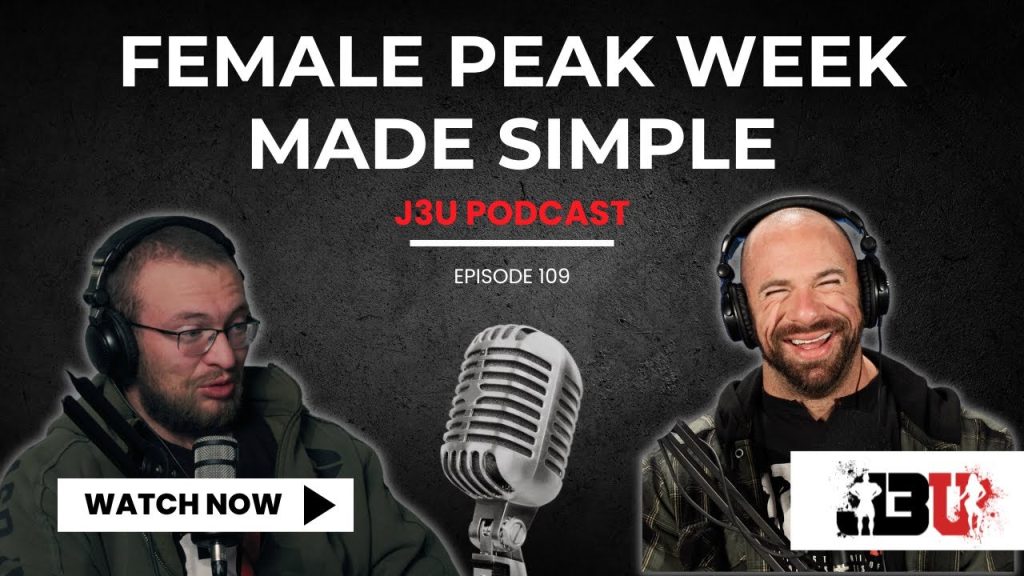
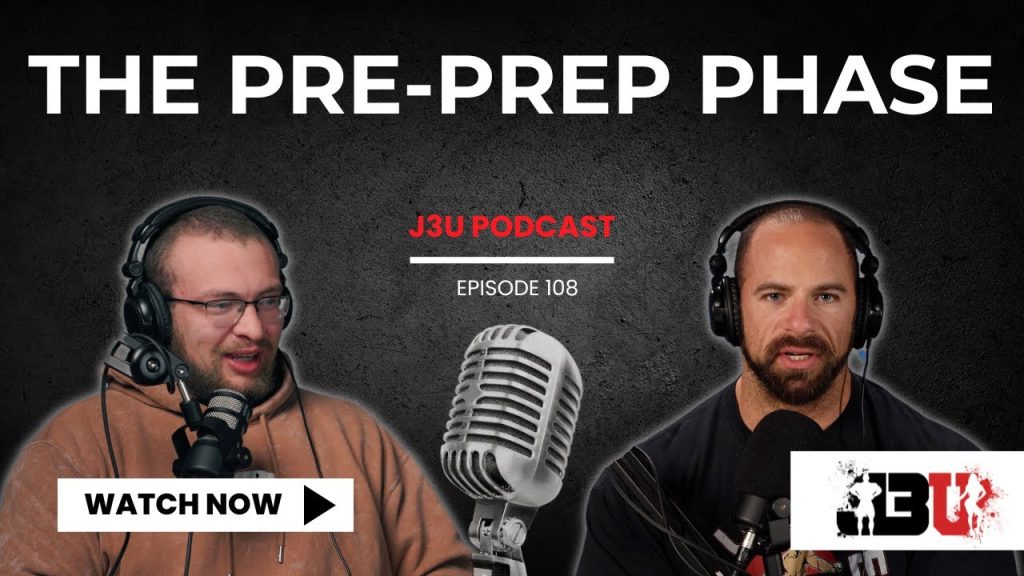
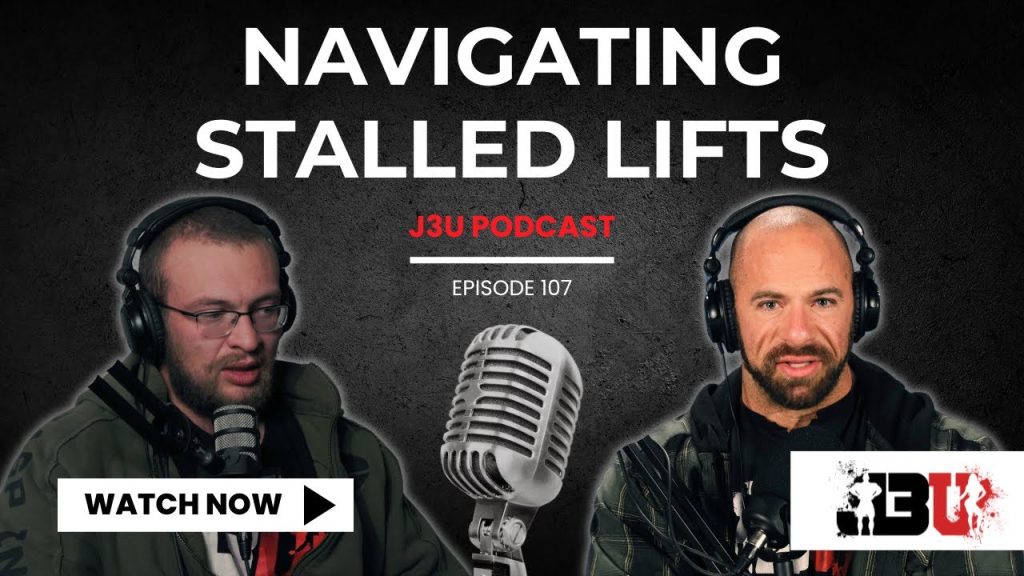
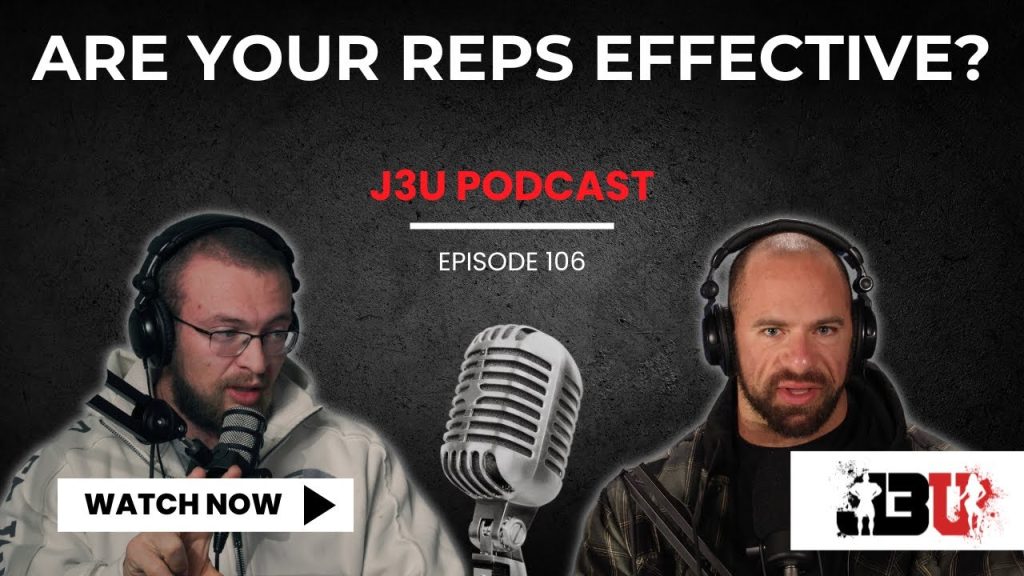
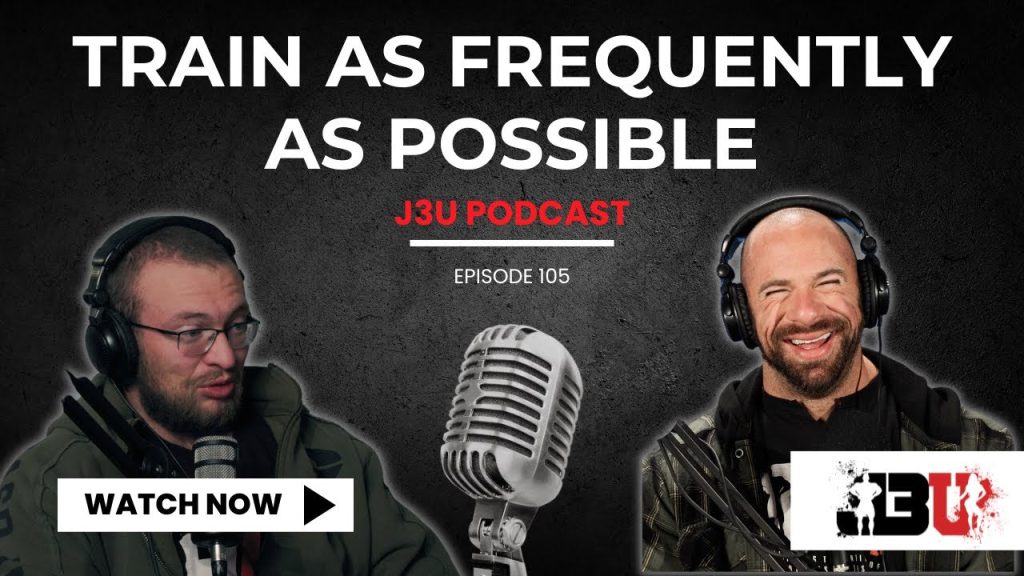
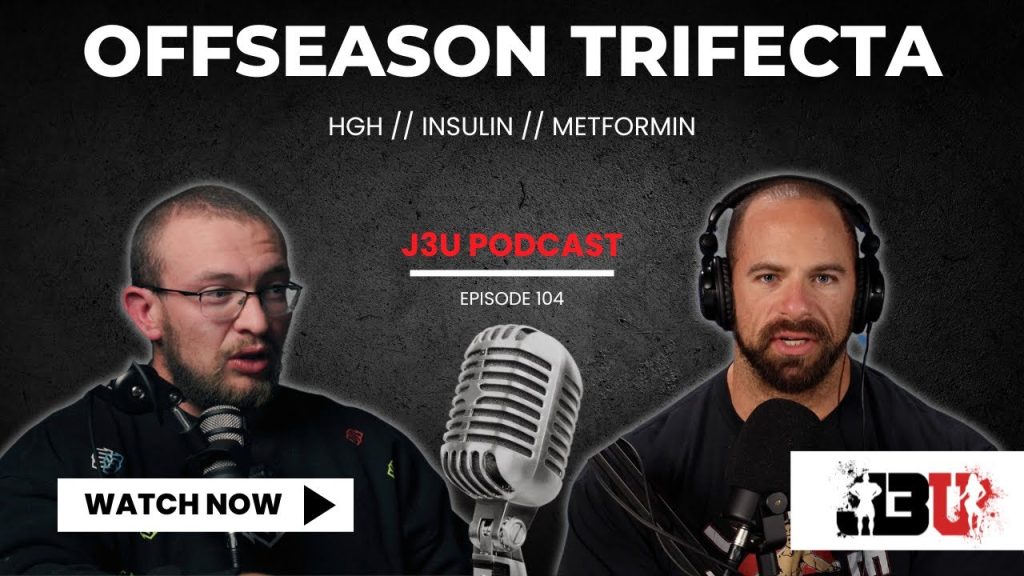
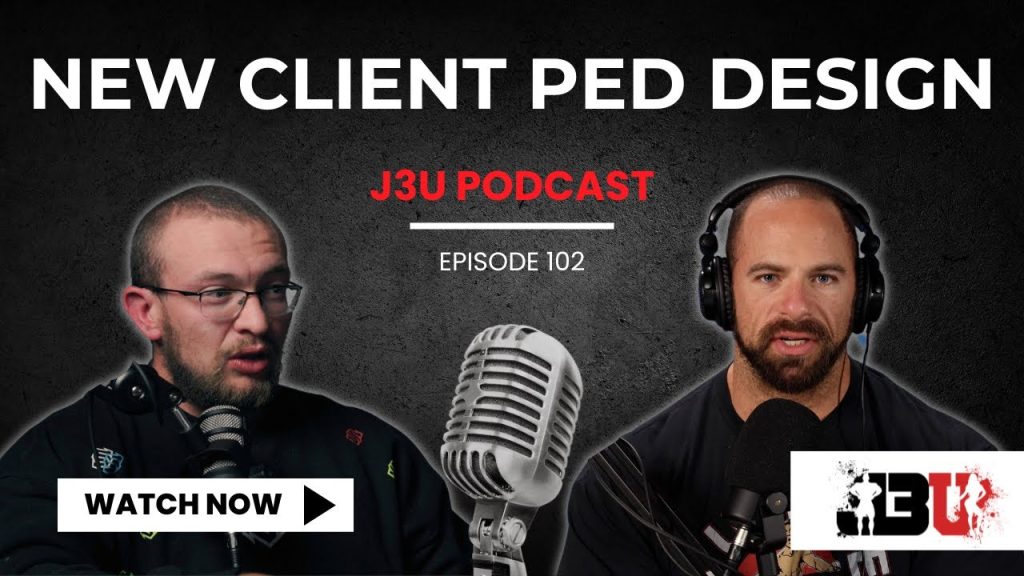

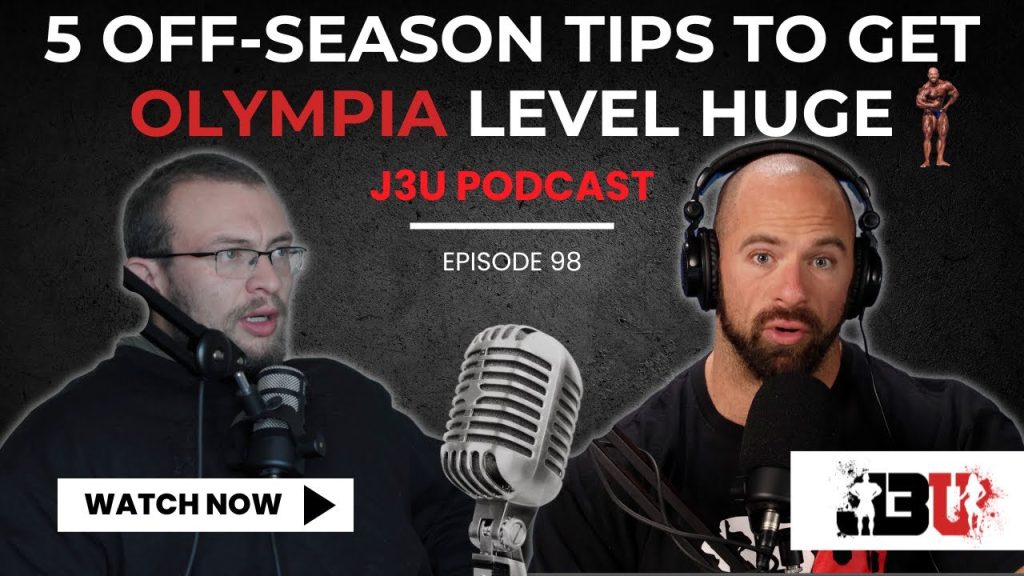
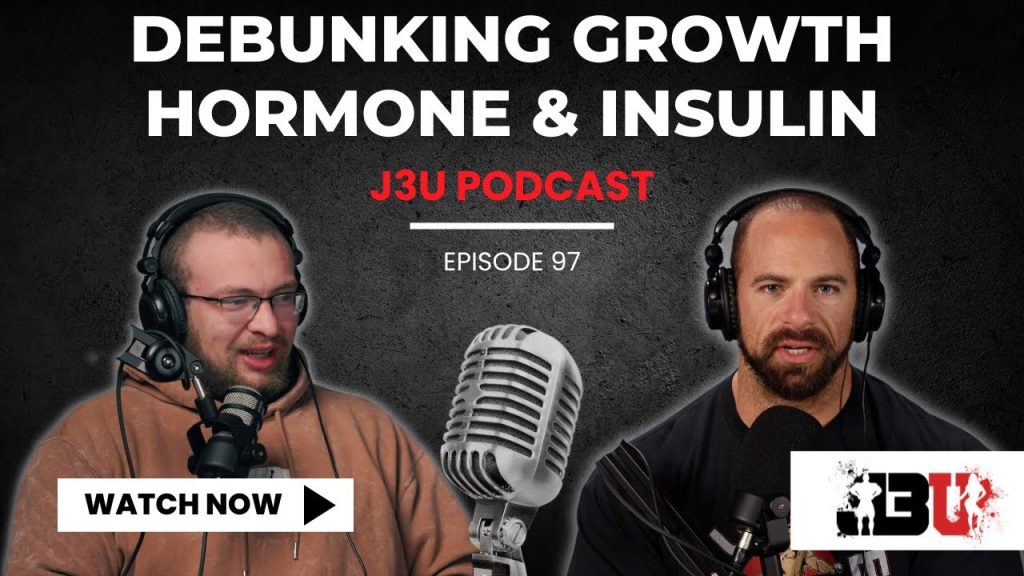
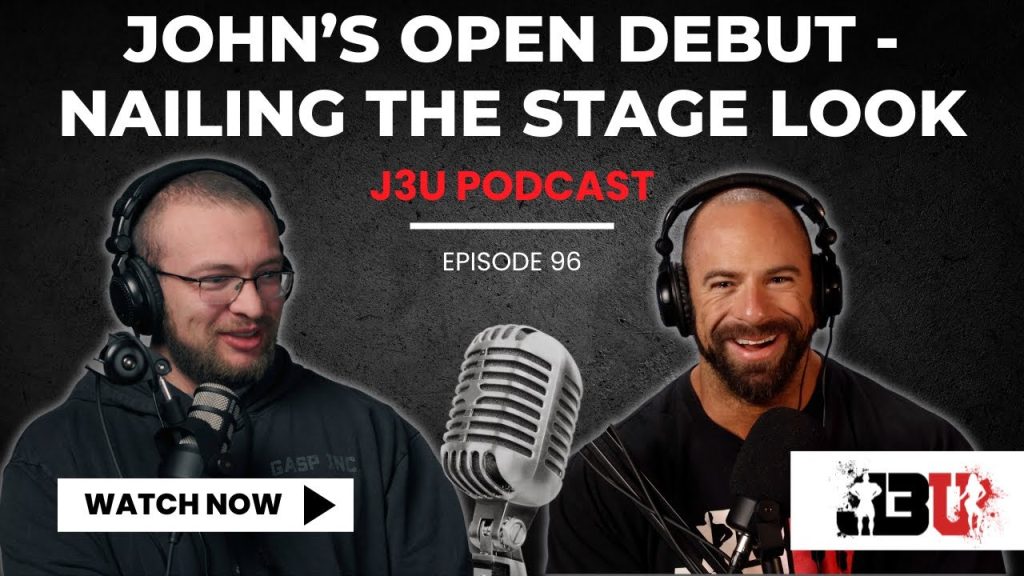
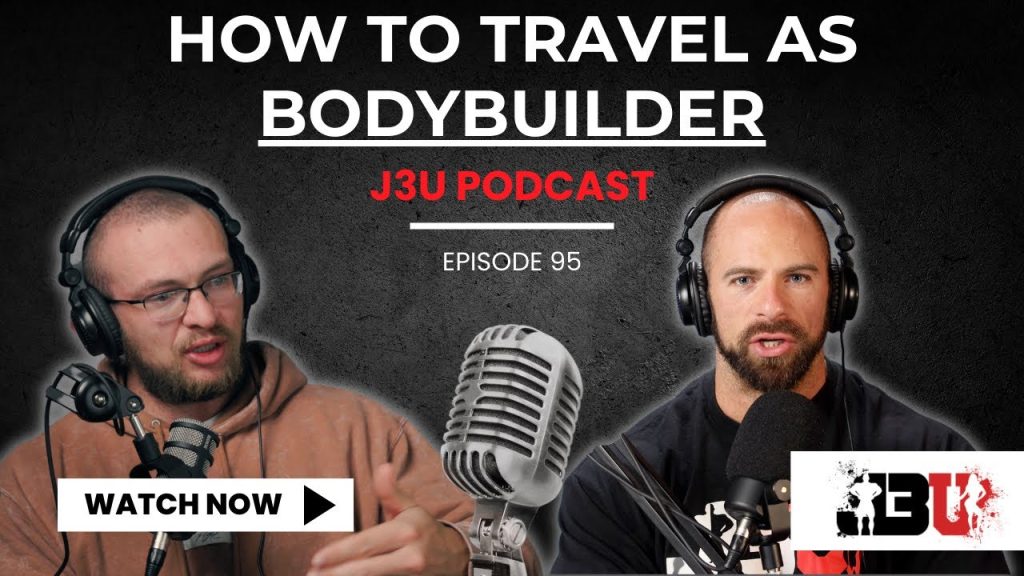
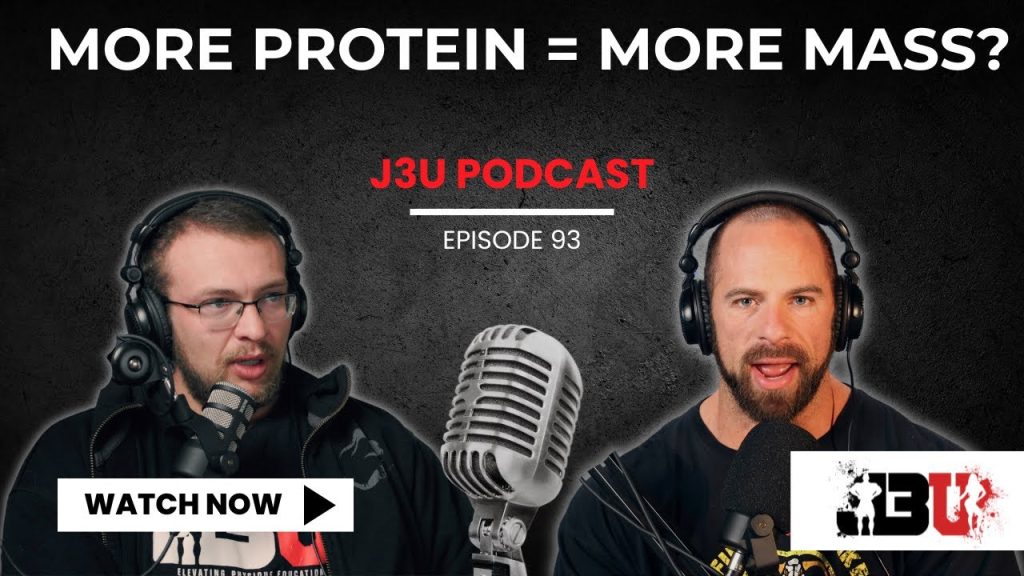
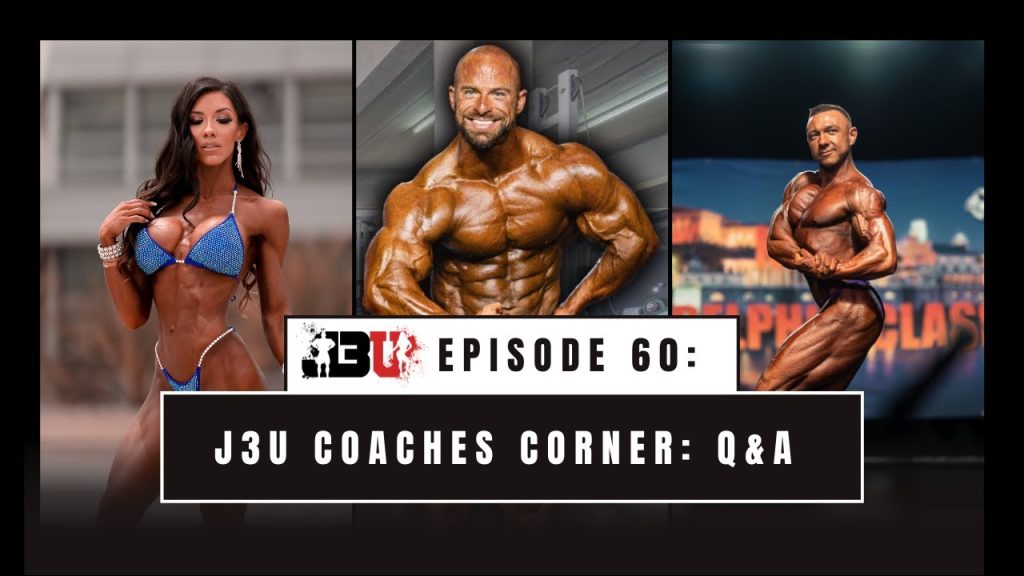

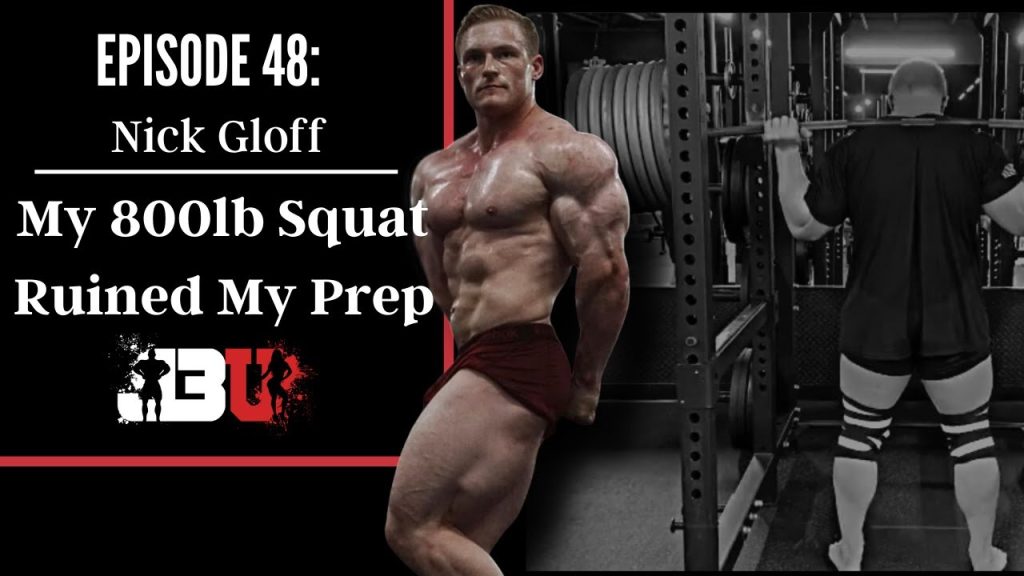
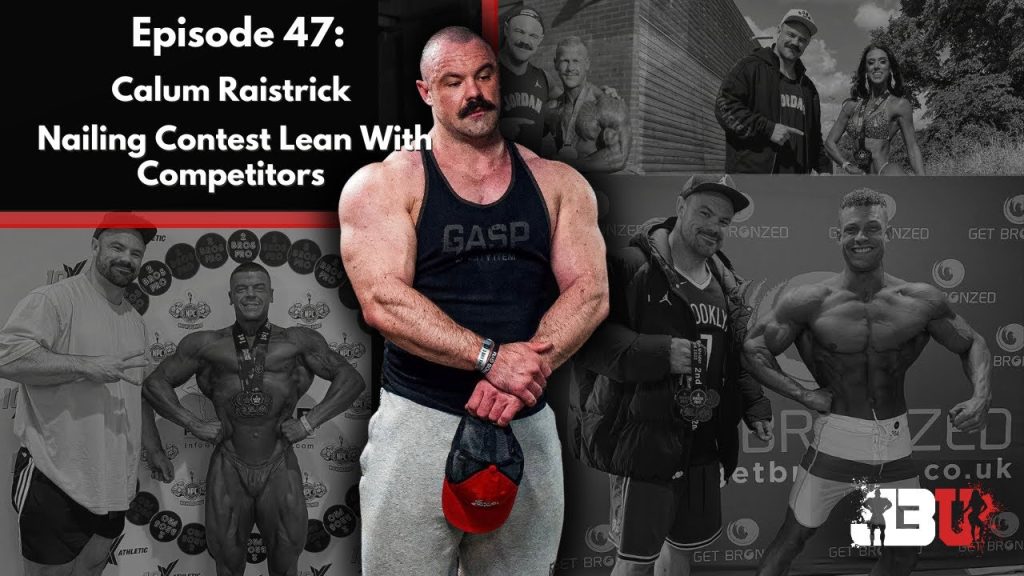

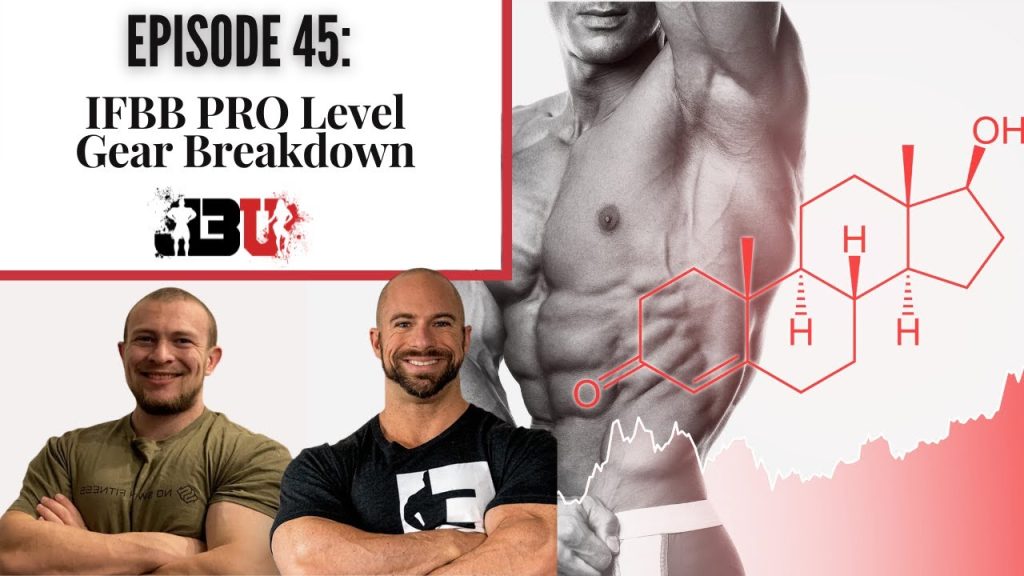
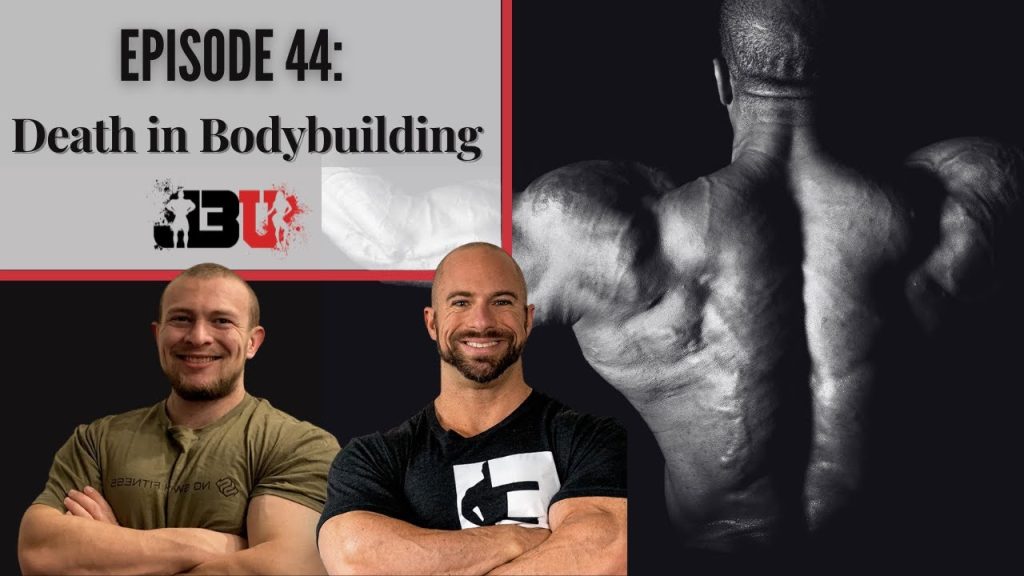
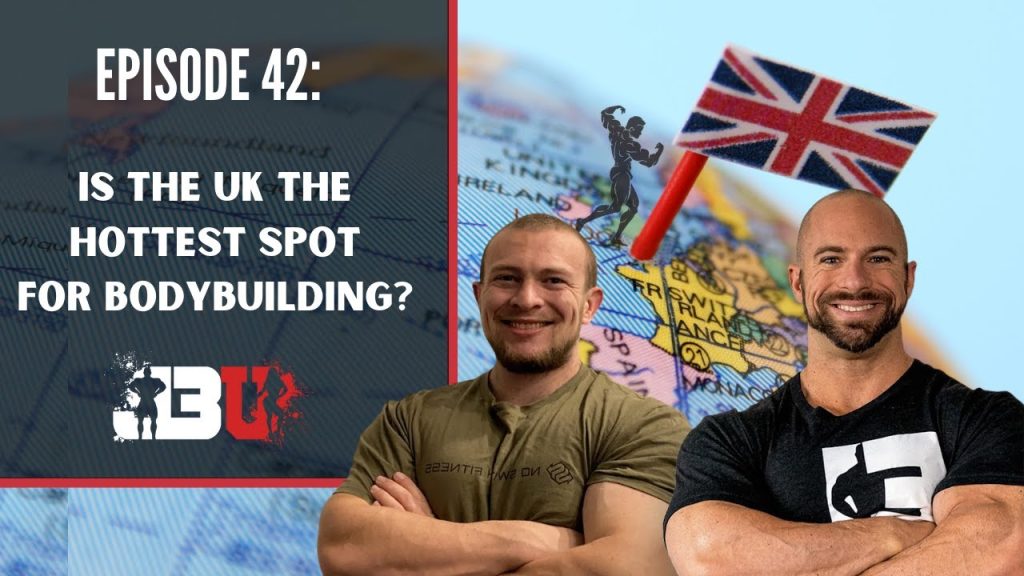
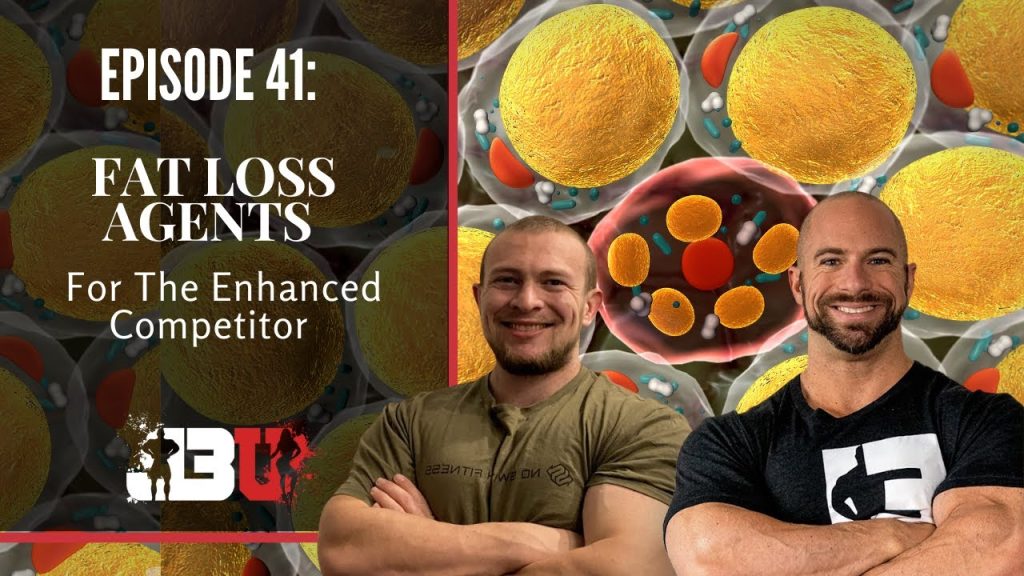
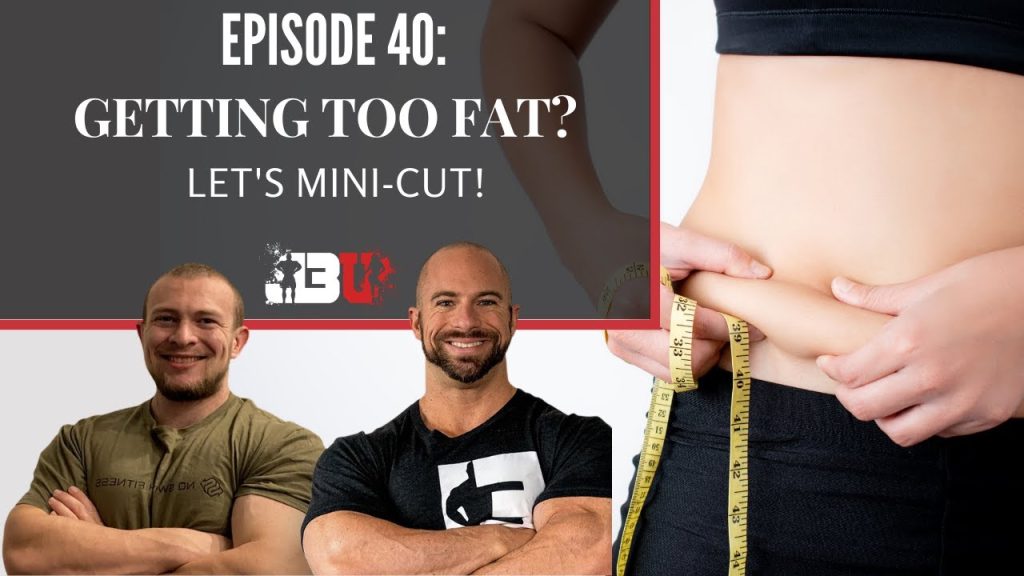
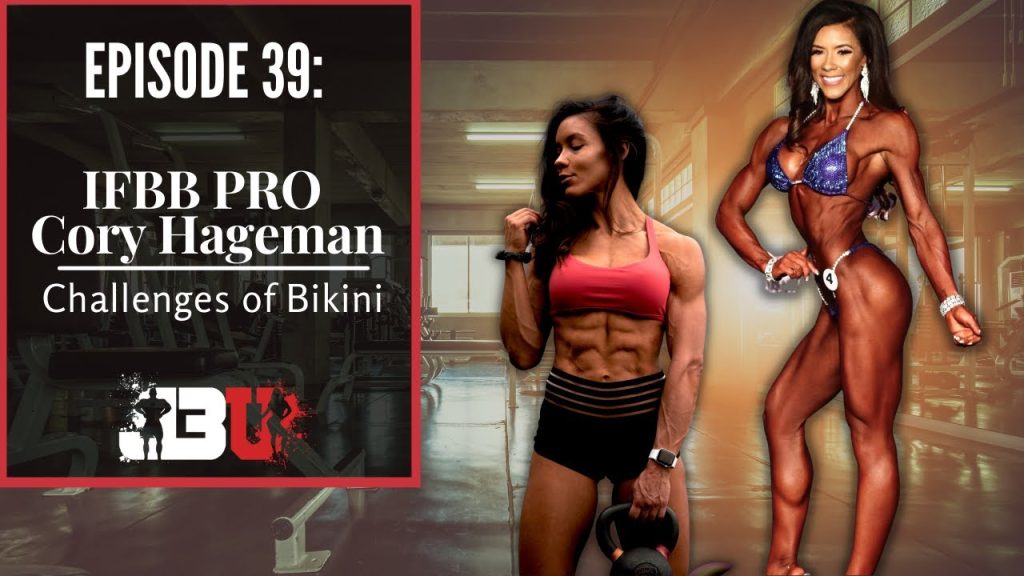

Responses